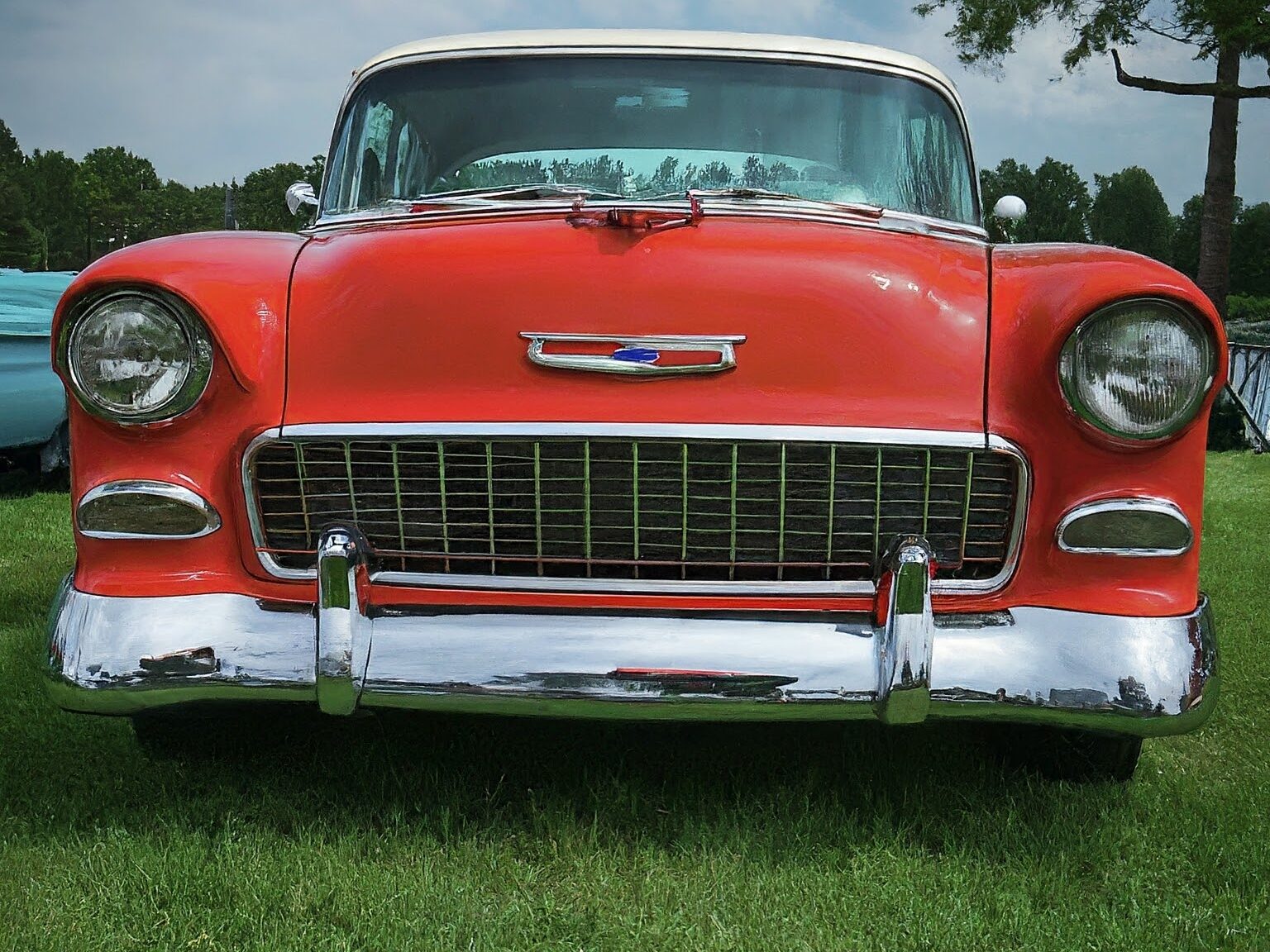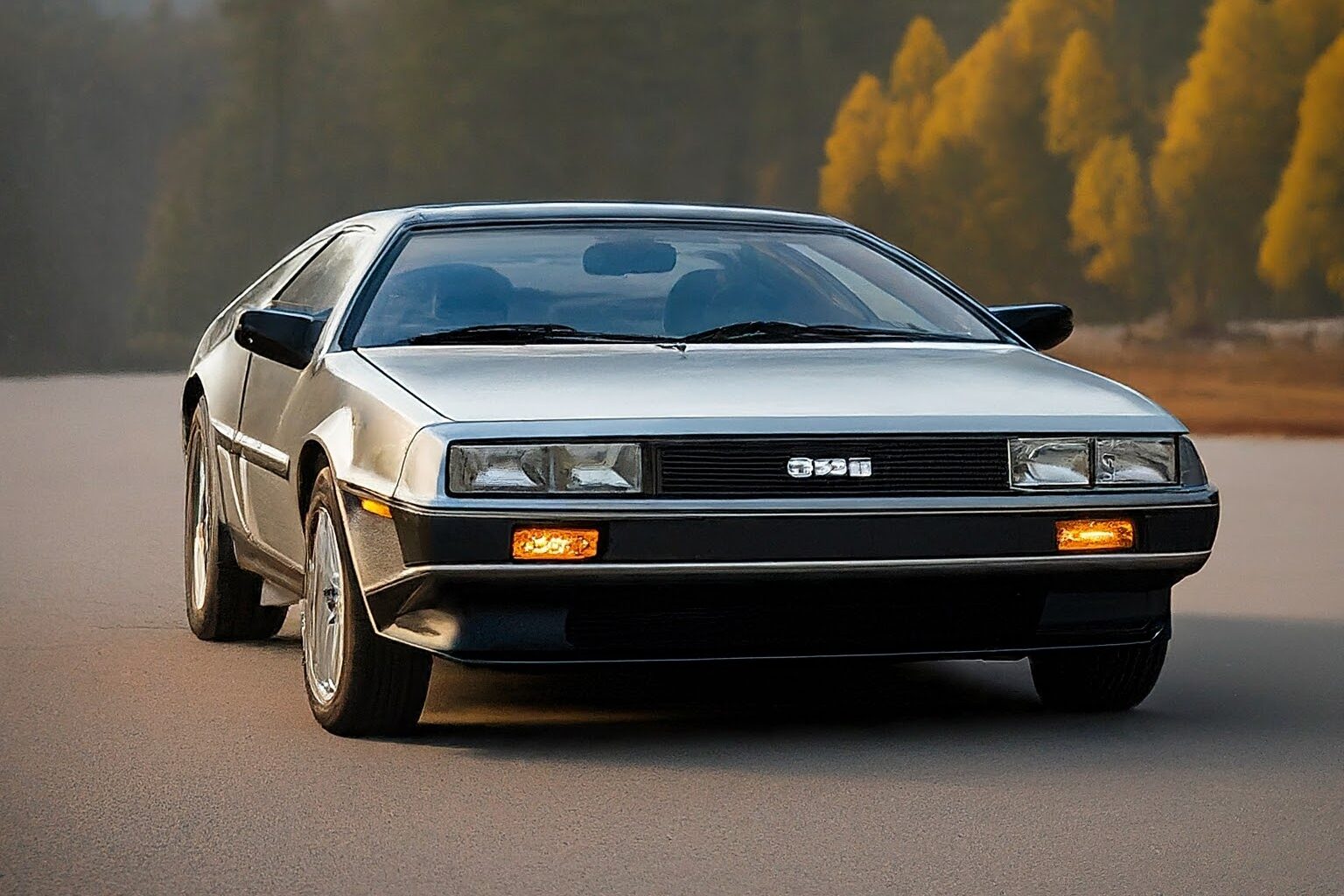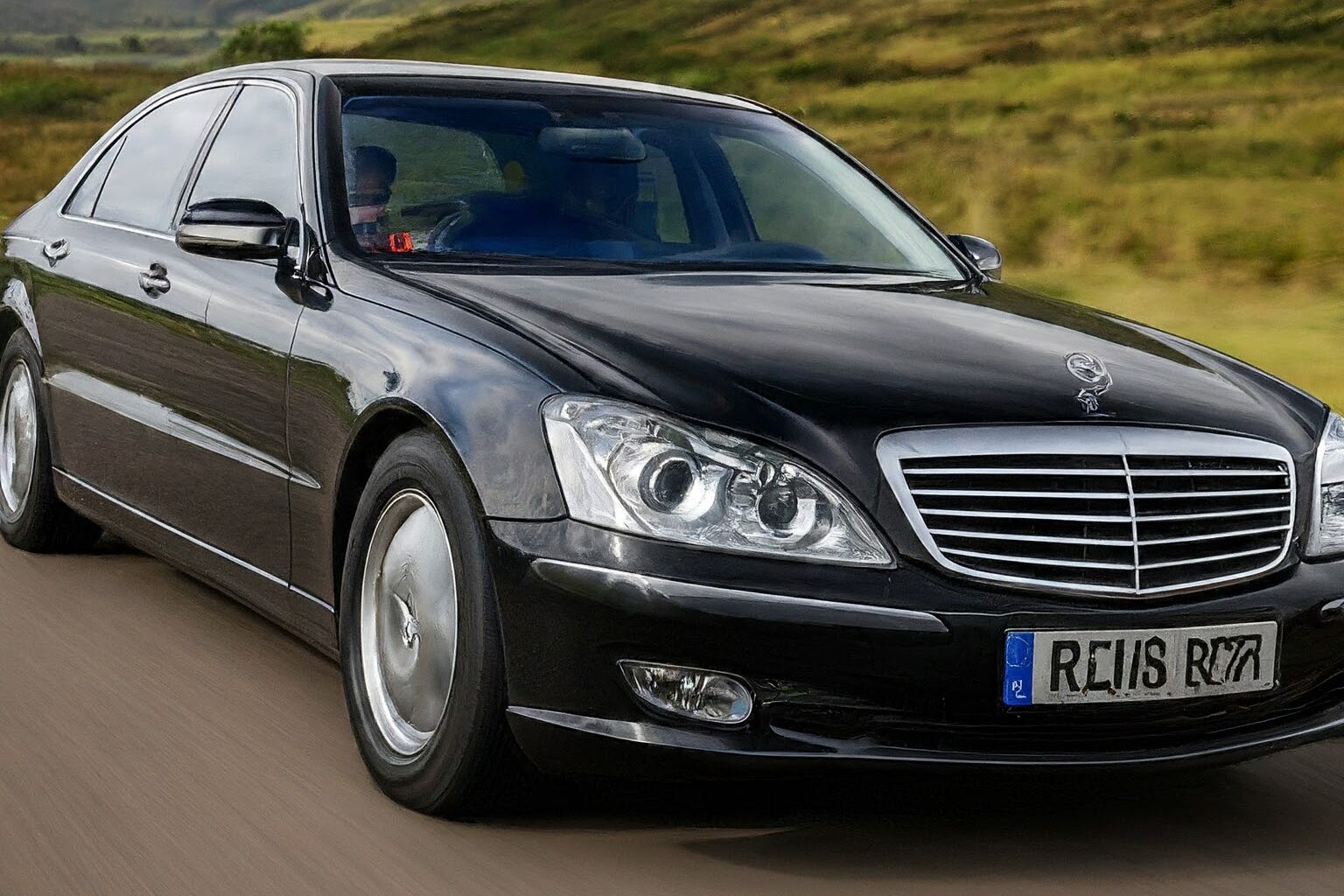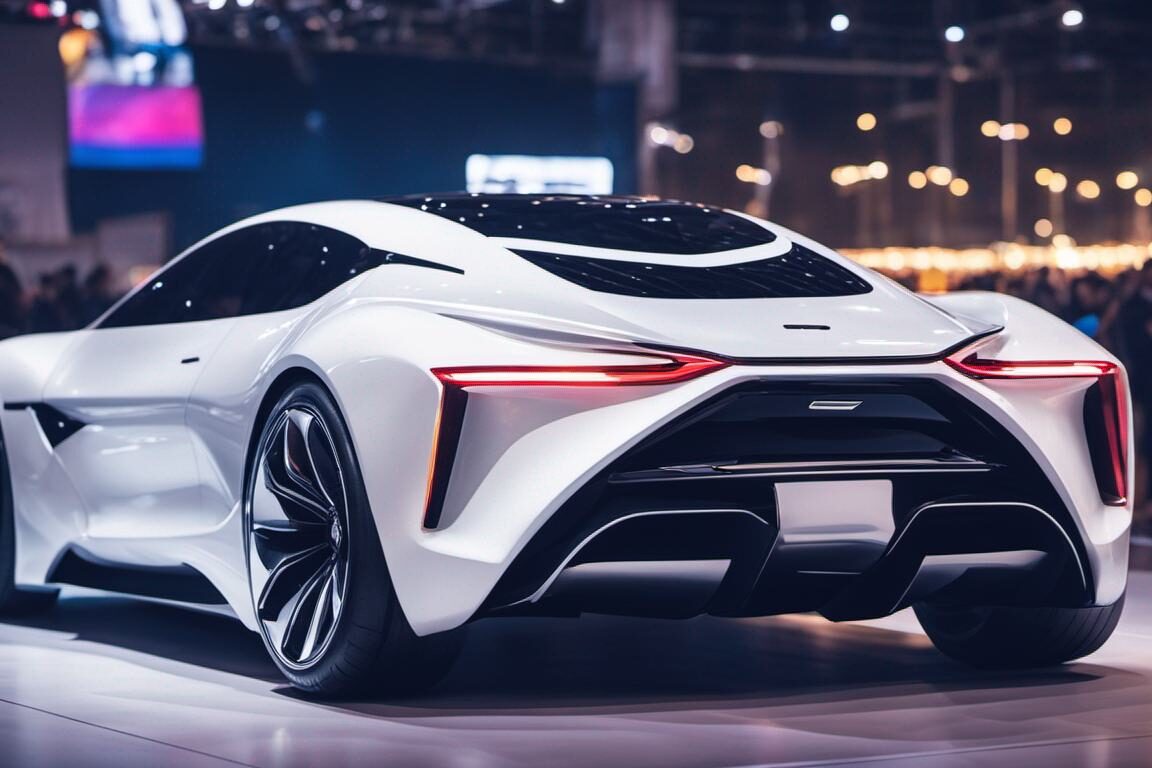The Evolution of Car Design: From Past to Present
The design of cars has evolved dramatically over the past century, reflecting changes in technology, culture, and consumer preferences. From the boxy shapes of early vehicles to the sleek, aerodynamic designs of today, car design has continually adapted to meet the needs of the times. In this article, we’ll explore the key milestones in the evolution of car design, examining how past influences have shaped the present and what the future might hold.

1. The Early Days: 1900s to 1930s
Car design in the early 20th century was primarily functional, with little emphasis on aesthetics. Vehicles were often boxy and utilitarian, built to be durable and practical rather than stylish.
Key Characteristics:
- Boxy Shapes: Early cars were often rectangular in shape, with high roofs and flat surfaces.
- Simple Materials: Wood and metal were the primary materials used, with little ornamentation.
- Manual Operation: Many early cars lacked the advanced features we take for granted today, such as power steering or automatic transmissions.
2. Post-War Innovation: 1940s to 1960s
The period following World War II brought significant innovation in car design. As the economy recovered, consumers began to demand more stylish and luxurious vehicles.
Key Characteristics:
- Streamlined Designs: Cars became more aerodynamic, with rounded edges and lower profiles.
- Chrome and Fins: Decorative chrome and tailfins became popular, symbolizing the futuristic optimism of the era.
- Comfort and Luxury: Interiors became more comfortable and sophisticated, with innovations like air conditioning and power windows.

3. The Rise of Aerodynamics: 1970s to 1990s
As fuel efficiency became a growing concern in the 1970s, car designers began to prioritize aerodynamics. This led to sleeker, more efficient designs that minimized air resistance.
Key Characteristics:
- Sleek Profiles: Cars became lower and more streamlined, with smoother curves and less ornamentation.
- Focus on Fuel Efficiency: Designers worked to reduce drag and improve fuel economy, leading to lighter materials and more compact designs.
- Technological Integration: The 1980s and 1990s saw the introduction of new technologies, such as electronic fuel injection and anti-lock brakes, which influenced car design.

4. Modern Car Design: 2000s to Present
The 21st century has brought a new era of car design, characterized by advanced technology, sustainability, and personalization. Modern cars are designed to be not only functional but also environmentally friendly and tailored to individual preferences.
Key Characteristics:
- Advanced Materials: The use of lightweight materials like carbon fiber and aluminum has increased, improving both performance and efficiency.
- Sustainability: Electric and hybrid vehicles have become more common, with designs that emphasize energy efficiency and reduced emissions.
- Customization: Modern consumers expect a high level of personalization, from custom paint jobs to advanced infotainment systems.

5. The Future of Car Design
Looking ahead, car design is expected to continue evolving, driven by advances in technology and changing consumer demands. Autonomous vehicles, sustainability, and smart technologies are likely to shape the cars of tomorrow.
Key Trends to Watch:
- Autonomous Vehicles: The rise of self-driving cars will likely lead to radical changes in design, with a focus on comfort and usability rather than driving performance.
- Sustainable Materials: As environmental concerns grow, the use of sustainable and recyclable materials is expected to increase.
- Smart Integration: Future cars will likely feature even more advanced technology, with seamless integration of smart devices and AI-driven systems.

Conclusion
The evolution of car design reflects broader changes in society, technology, and consumer preferences. From the boxy, utilitarian vehicles of the early 20th century to the sleek, high-tech cars of today, each era of car design has left its mark on the industry. As we look to the future, the ongoing development of new technologies and materials promises to bring even more exciting changes to the world of car design.
FAQs
1. What were the main influences on early car design?
Early car design was primarily influenced by functionality and practicality, with a focus on durability and basic transportation needs.
2. How did World War II impact car design?
Post-World War II car design saw a shift towards more stylish and luxurious vehicles, with innovations in aerodynamics and interior comfort.
3. Why did aerodynamics become important in car design?
Aerodynamics became a focus in the 1970s due to the growing importance of fuel efficiency, leading to sleeker, more streamlined car designs.
4. What are the key characteristics of modern car design?
Modern car design emphasizes advanced materials, sustainability, and customization, with a focus on technology and efficiency.
5. What trends are expected to shape the future of car design?
The future of car design is likely to be influenced by autonomous vehicles, sustainable materials, and smart technology integration.
